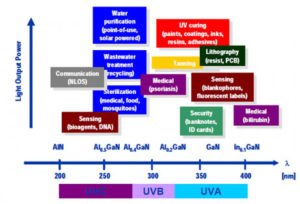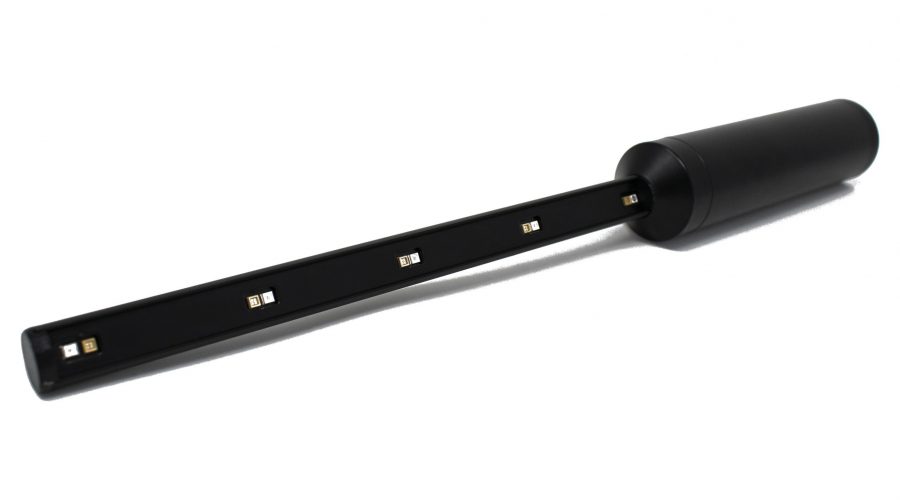Drink quietly thanks to UV LEDs
Water is a precious resource for the survival of all living beings and it must be our responsibility to guarantee access to all populations and limit waste. Water purification is therefore of fundamental importance for the whole human race.
To date, it is estimated that around 2 billion people are unable to access drinking water. The spread of diseases through water is very high in some areas of the world, contamination of groundwater and waterways by carcinogenic chemicals or bacteria causes 5 million deaths every year. Is it therefore possible to purify water with UV LEDs?
The answer is not only yes, it also has enormous advantages over traditional methods. According to the latest estimates by industry analysts, the UV LED market is set to grow at least five times over the next few years. This growth is determined both by the demand for UV polymerization processes, but also by the growing demand for water purification.

Looking at the figure we can see how the ultraviolet range is divided into three parts: UVC, UVB, and UVA. The range with the shortest wavelength (UV-C), between 100 and 280 nm, is the most harmful to living organisms. In fact, DNA absorbs ultraviolet light with wavelengths between 200 and 300 nanometers, but the maximum absorption of ultraviolet light by the DNA is typically reached at a wavelength of 260 nm. We can then observe that ultraviolet LEDs are used for numerous types of applications, depending on their power and their wavelength. Applications relating to water purification and disinfection require UV LEDs with a wavelength between about 250 and 280 nanometers.
Recall that there are other applications of UV LED diodes, including:
– UV curing
– medical treatment (psoriasis treatment, UVB)
– tanning (UVB)
– sterilization of food, medical and hospital equipment (UVC)
– anti-mosquitoes (UVC)
– lithography (UVA)
– checking the validity of banknotes and other documents
Ultraviolet light is often obtained through the use of low pressure mercury lamps, which are capable of emitting an almost monochromatic ultraviolet light with a typical wavelength of 254 nm. Recently, however, a new method based on UV LEDs has been developed, which has the advantage of being able to choose the wavelength emitted, unlike mercury lamps for which the wavelength is fixed at the value of 254 nm. .
Other advantages of LED technology are the following:
– they are not as dangerous and polluting as mercury lamps
– they guarantee a longer life and are easier to handle and install
– they have a significantly shorter starting time than mercury lamps
– they can be switched on and off even with high frequencies
– greater energy efficiency
– LEDs absorb shocks better and require a continuous low power supply
– LEDs are more suitable for use in portable purifiers





